How Climate Change Fuels Wildfires

What is climate change?
Climate change refers to the changes in climate patterns, weather, natural disasters, and more that have happened on Earth from the mid-century onward. These changes, which are namely marked by the steady increase of the Earth’s average global temperature (which NASA surmises has risen by about 0.8°C (1.4°F) since 1880), are a direct result of human processes that release carbon and other greenhouse gas emissions into the atmosphere. These emissions become stuck in the Earth’s atmosphere, unable to be released into space, and result in the warming of the average global temperature, which then causes climate change.
Can climate change cause wildfires?
Aside from the warming of the average global temperature, the most obvious way scientists and researchers can measure the impact of climate change is through uncharacteristic changes in weather. Climate change can cause an increased frequency and intensity in extreme weather events. These include more intense rainfall, snowstorms, and droughts, as well as natural disasters such as hurricanes, tropical storms, tornadoes, hail storms, and, of course, wildfires. These are obviously a huge concern as natural disasters threaten both the human and animal population and can destroy entire communities.
Yes, climate change can cause wildfires. According to the Center for Climate and Energy Solutions, climate change increases the risk and longevity of wildfires, particularly in the Western United States, where weather conditions tend to favor wildfires. Most recently, former President Barack Obama publicly highlighted the connection between the wildfires on the U.S.’s West Coast with our current climate crisis.
“The fires across the West Coast are just the latest examples of the very real ways our changing climate is changing our communities,” Obama wrote. At the time of this writing, San Francisco recently made headlines when local wildfires caused the sky across the Bay Area to appear smokey orange. According to the Bay Area Air Quality, lingering wildfire smoke left over in the air caused the orange hue. The New York Times writes that a record 2.5 million acres have burned thus far in California.
However, the Bay Area is not the first area — either nationally or internationally — to experience the effects of climate change as it relates to fueling wildfires. Earlier this year, the Australian Bushfires of 2020 resulted in forced evacuations, mass destruction of homes and various wildlife, and an alarming death toll.
So, what is the actual scientific connection between climate change and wildfires?
“Climate change causes forest fuels (the organic matter that burns and spreads wildfire) to be drier," according to Logically. And in the western U.S., climate change has contributed to the amount of large fires doubling between 1984 and 2015.
But while it’s true that climate change creates conditions that can cause wildfires in the first place, it is also true that climate change also makes it harder to extinguish them as well.
How does climate change fuel wildfires?
Climate change negatively impacts wildfires in all ways. Not only does it create drier conditions ideal for wildfires to begin, but climate change is also responsible for making wildfires more difficult to put out.
“Once a fire starts — more than 80 percent of U.S. wildfires are caused by people — warmer temperatures and drier conditions can help fires spread and make them harder to put out,” the Center for Climate and Energy Solutions states. “Warmer, drier conditions also contribute to the spread of the mountain pine beetle and other insects that can weaken or kill trees, building up the fuels in a forest.”
Those are not the only ways in which climate change affects wildfires. In fact, though 80 percent of fires are started by people, AZ Central also points out that land use and forest management (or mismanagement) are also to blame. Arizona is another area drastically impacted by drought conditions and wildfires.
“Expanding development in wildland areas has put more people and homes at risk, and a century of prioritizing fire suppression has, in many areas, left overgrown forests with accumulated fuels that increase the danger,” AZ Central writes.
When lands are misused and forest management isn’t done in a sustainable way, it can contribute to environmental conditions ideal for drought, which obviously worsens a wildfire’s intensity and strengthens its inability to be extinguished. Overgrown brush and accumulated fuels increase an area’s likelihood of developing a wildfire.
Is climate change responsible for wildfires?
Yes, climate change can cause wildfires to start and it can also make them more difficult to manage and extinguish. However, to blame climate change without taking accountability for what causes climate change is perhaps missing the point. Since human processes like transportation, energy consumption, and more ultimately contribute to climate change, it is actually people that are responsible for wildfires.
Are wildfires getting worse?
You could say that. And moving forward, they might just continue to get worse if we, as a society, don’t do much to rectify the current climate change situation. In fact, the current, widely accepted global forecast for the year 2050 includes the eradication of most rivers and even all fish stock due to over-exploited fishing practices. That doesn’t look good for our environment’s future.
According to The New York Times, we can only surmise that things will get worse unless a massive change is made. “Much of the fire-prone American West is expected to become even warmer and drier in coming decades, said Park Williams, a climate scientist at Columbia University’s Lamont-Doherty Earth Observatory,” NY Times writes.
How to put out the wildfires:
With wildfires becoming increasingly frequent, many areas on the West Coast find themselves reevaluating current standard fire management practices. Moving forward, fire management might benefit more from placing more of an emphasis on preventative fire techniques rather than low-intensity fire management tools.
That being said, preventative fire management tools for areas most at risk is not enough. Collectively, the most effective way to put out the wildfires is to stop creating conditions that allow wildfires to start and then flourish. This directly relates back to the human’s role in causing climate change. If we could better manage our own practices so that we could scale back on global warming and climate change, the aftereffects of climate change (such as more frequent, more intense wildfires) would then also scale back.
If, as a society, we can work hard to reduce our impact on the planet – including animal agriculture, deforestation, single-use plastics, fossil fuels, pesticide usage, and greenhouse gas emissions, the intensity and frequency of wildfires (and other natural disasters and extreme weather events) may also become less severe.
This post has been updated.
Latest How Climate Change Fuels Wildfires News and Updates

Mask Up! What Experts Recommend For Wildfire Smoke Protection
Masks such as N95 and KN95 have been recommended for preventing both COVID-19 transmission and wildfire smoke.
Particulate Matter in the Air Can Be Harmful to Your Health: Do You Need a Sensor?
The Canadian wildfires have increased the amount of particulate matter in the air, which can be harmful to your health. Should you get a particulate matter sensor?
What Is the Doomsday Clock, and How Does It Relate to Climate Change? Is It Even Real?
What is the Doomsday Clock? The concept, which was created in the 1940s, shows how soon things like climate change and warfare will end the world.
California Deploys “Water Police” to Impose Water-Wasting Fines Amid Drought
Several California cities have deployed water police to impose fines on those disobeying restrictions, amid the ongoing drought.
California's Oak Fire Has Burned 16,000 Acres, Is Only 10 Percent Contained
The Oak Fire near Yosemite National Park broke out on Friday, and has continued to blaze across the area for days.
Alaska Has Endured Over 500 Wildfires This Year Alone
Summer 2022 has been a rough one for many parts of the U.S. — including Alaska. The coldest U.S. state has witnessed over 500 wildfires in 2022.
The Cause of a Fire in Lincoln, Calif. Has Yet to Be Determined
Fires tore through rural California this past weekend, though the Riosa fire, which ignited in a remote part of Lincoln, was quickly contained.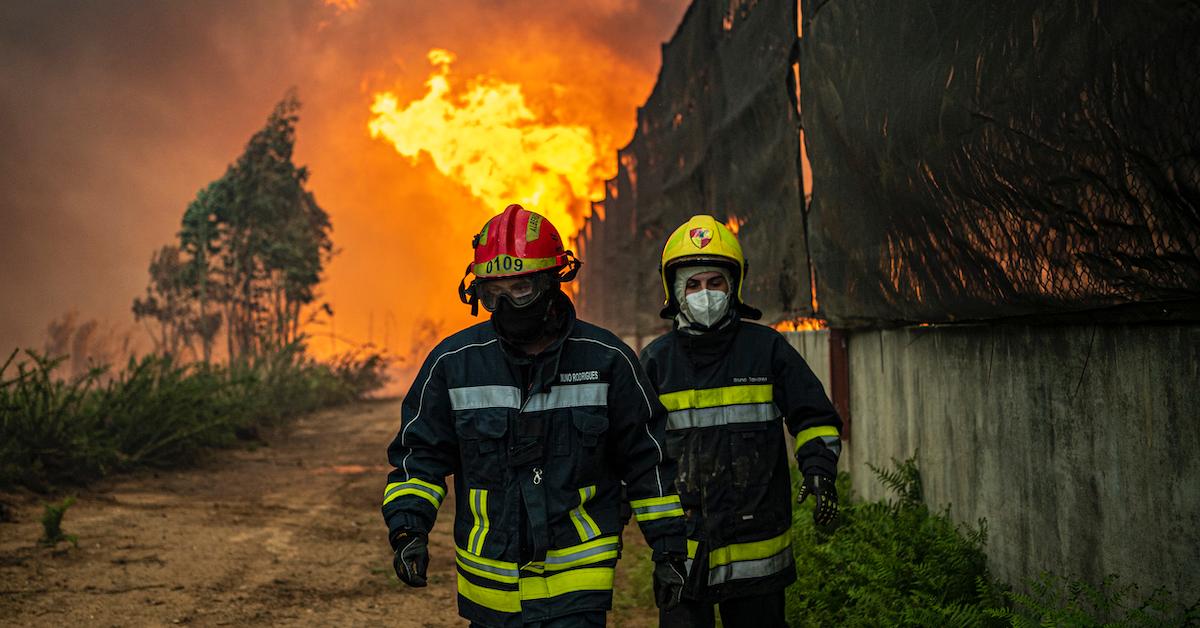
Map Shows That Much of Southwestern France Is Currently Suffering From Serious Wildfires
The fires in Europe have spread to parts of France — as you can see on a few different maps, various regions nationwide are being evacuated.
How a Seattle-Based Startup Is Reforesting Areas Affected by Wildfires
A Seattle-based startup called DroneSeed is helping reforest areas in the Pacific Northwest affected by wildfires, by spreading seeds with drones.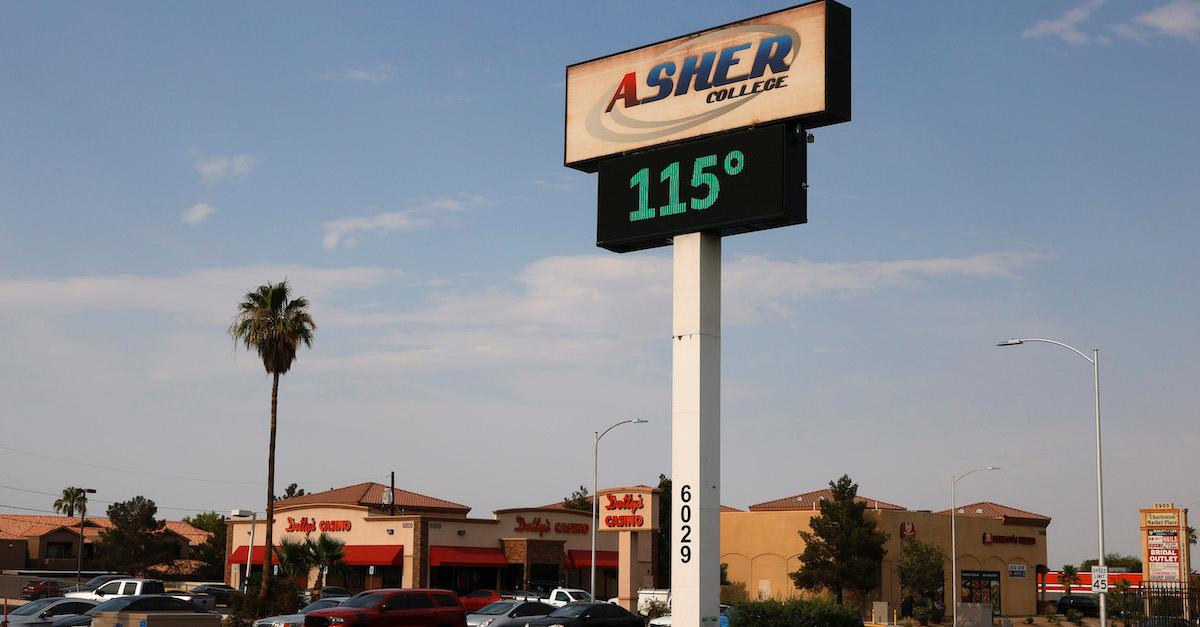
The Ongoing Heat Wave: What's Causing It, How Long It Will Last, and When It Will End
The ongoing heat wave has many wondering what's causing it, how long it will last, and when it will end.
New Tool Determines the Probability of Your Home Facing Wildfires
Whether you're in an area vulnerable to fires, or if you're situated in an area saturated by rain, using Risk Factor could be good when buying a home.
Biden Declares the 2022 New Mexico Fires a "Disaster"
Ecosystems and communities across the state of New Mexico are in danger, as rampant wildfires scorch much of the already-dry southwestern state.
Smoke From Argentina’s Wildfires Is Currently Suffocating Paraguay
What is creating the smog in Paraguay? The South American country is filled with suffocating smoke, as a result of the wildfires in Argentina.
Argentina’s Wildfires Are Getting Worse, Having Burned Over 500,000 Hectares
What's going on with the wildfires in Argentina? The South American country is experiencing some of the worst wildfires in decades, which are wiping out wildlife.
2021 Was Officially One of the Hottest Years on Record
The hottest years on record have all been in the past decade — that's not a good sign.
What Caused the Colorado Wildfires? Of Course, Climate Change Is at Play
What caused Colorado's Marshall and Middle Fork Fires?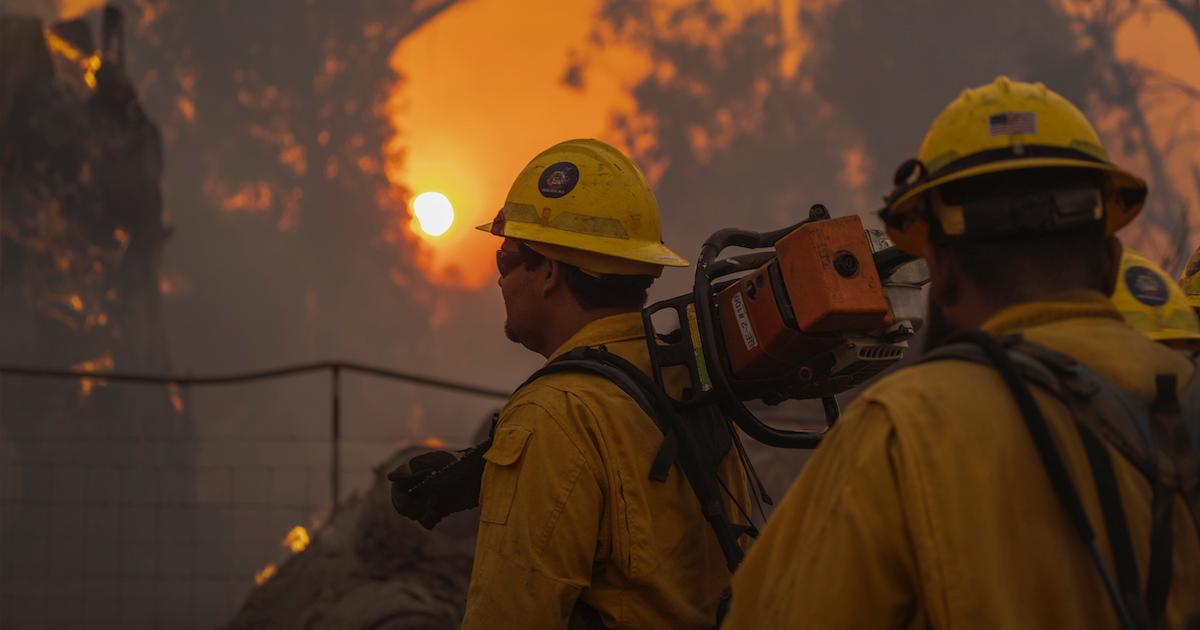
California’s Wildfire Season Lasted For 75 Days This Year
When does California's wildfire season end? This year, it seems as though the Golden State is facing a longer dry season due to climate change.
‘Burning’ Doc Sheds Light on the Destruction Caused by the Australian Bushfires and Climate Change
Amazon Prime’s 'Burning' documentary delves into the cause behind the blazing Australian bushfires that destroyed millions of acres of land in 2020.
Brazil Wildfires: Where They Are, What's Causing Them, and More
Wildfires are currently ravaging Brazil's rainforests, its wildlife, and the economy — drought, climate change, and deforestation are to blame.
Biden Addresses Extreme Heat, the Leading Weather-Related Cause of Death in the U.S.
On Monday, Sept. 20, President Joe Biden addressed the dangers that come with extreme heat, which is a result of climate change. It's now the leading weather-related cause of death.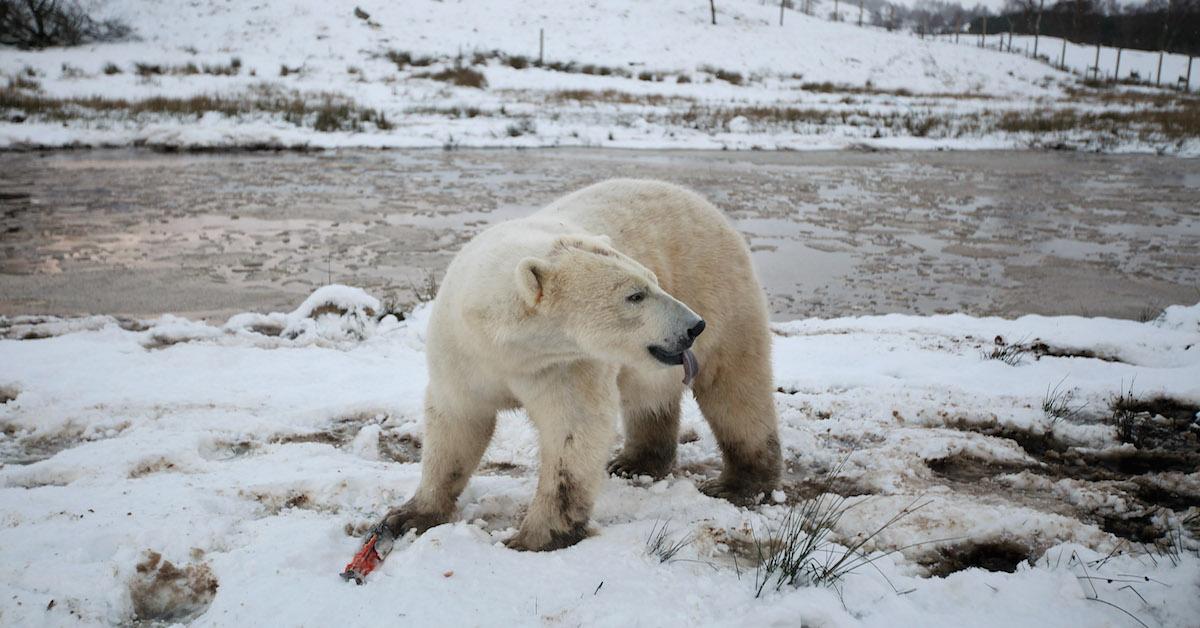
Why Climate Change Might Not Be Important to You
Scientists have often highlighted the many ways that climate change is important, but should we really be so concerned?
What's Going on With the Caldor Fires? Here's What You Should Know
What's going on with the Caldor Fires? Wildfires are currently tearing through the Lake Tahoe area, and so far, thousands have had to evacuate.
Will Climate Change Kill Off Humanity?
Climate scientists believe that we are rapidly heading past the point of no return, but does that mean that we’re all doomed?
How Wildfire Smoke Caused 19,700 Additional COVID Cases, According to New Harvard Study
Wildfire smoke is linked to COVID-19 cases and even deaths in several states, according to new research.
How Wildfires, Droughts, and Climate Change Are All Related
Is there a correlation between wildfires and droughts? You've probably noticed that certain regions experience them simultaneously — here's why.
Climate Controversy: Meteorologist Cliff Mass Claims Climate Change Doesn't Cause Heat Waves
Cliff Mass says climate change does not cause heat waves — and the meteorologist is getting flack from climate scientists.
The Palm Oil Industry Is Causing Widespread Deforestation — but What Can Be Done?
Humanity’s need for palm oil is causing widespread deforestation in Southeast Asia, but what can be done?
Turkey Wildfires: Why the Country Is Burning, and How to Help
Turkey is currently experiencing an influx of wildfires that are destroying businesses and ecosystems — but what is causing the country's fires?
Wildfires Are Currently Ravaging the Italian Island of Sardinia
The gorgeous Italian island of Sardinia is currently being ravaged by a wildfire, which has forced thousands of people to evacuate their homes.
Canada Is Battling More Than 180 Wildfires: Spots to Avoid If You Plan to Travel There
The destructive Canadian wildfires are a clear result of climate change-driven heat waves.
5 of the Worst Wildfires in Modern History — and Their Connection to Climate Change
Wildfires are one of the most destructive natural disasters in existence, and some of the very worst have happened in recent years.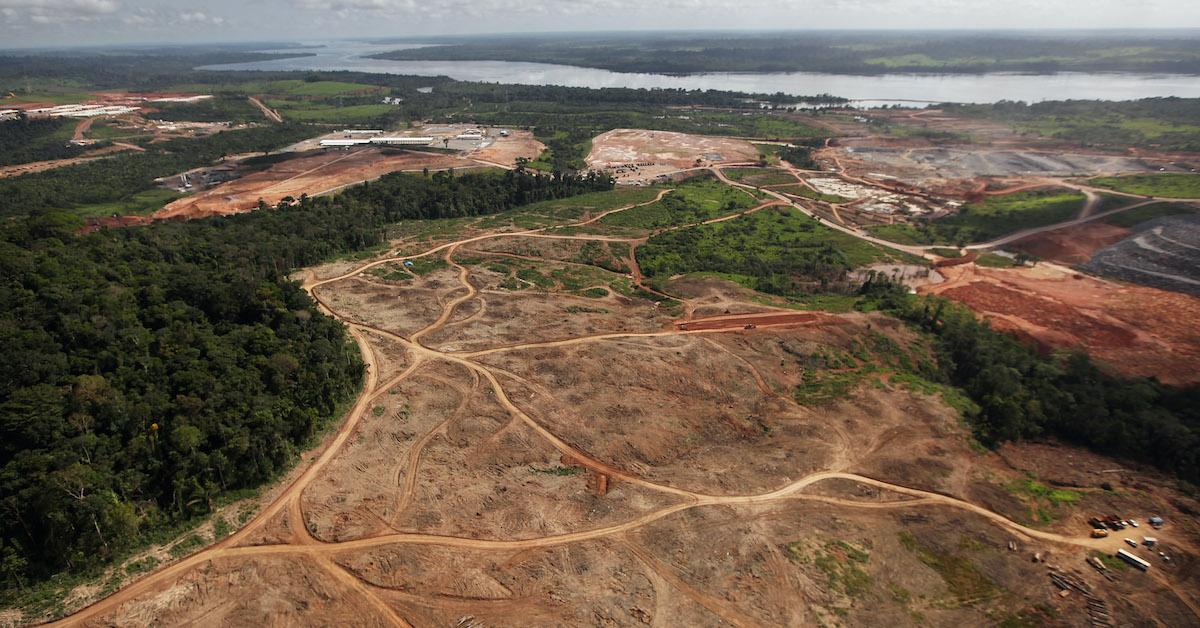
Lungs of the Earth? Two Amazon Regions Now Produce More CO2 Than They Absorb
Parts of the Amazon rainforest are actually emitting more CO2 than they’re absorbing — a devastating sign that the climate crisis just keeps getting worse.
Forest Fires Are Raging in Montana, Likely Due to Climate Change
Forest fires in Montana have been raging since the start of summer 2021, but what caused these dangerous disasters in the first place?
The 2021 Northwest Heat Wave: Death Tolls Rise in Canada, Oregon, Washington
The heat wave death toll in Canada and the Pacific Northwest is rising alongside temperatures.
Several Western U.S. Cities Impose Bans on July 4 Fireworks to Prevent Wildfires
Several Western U.S. states have banned fireworks for July 4, in an attempt to prevent wildfires across the state.
Couple In Joshua Tree Fined for Destroying Iconic Desert Vegetation
Who are Jeffrey Walter and Jonetta Nordberg-Walter? The couple, who recently bought Joshua Tree property, was fined for destroying native vegetation.
What to Know About the Relentless Pacific Northwest Heat Waves
What is causing the heat waves in the Pacific Northwest? Washington and Oregon's latest heat waves are connected to the effects of global warming.
How Climate Change Affects Droughts
Droughts are ravaging the western half of the U.S. and many believe that climate change is the main culprit.
Worried About the Gas Shortage? What's Happening, Which States Are Affected, and More
You've most likely heard about a rumored gas shortage that's affecting drivers nationwide — here's what's causing it, and which states are affected.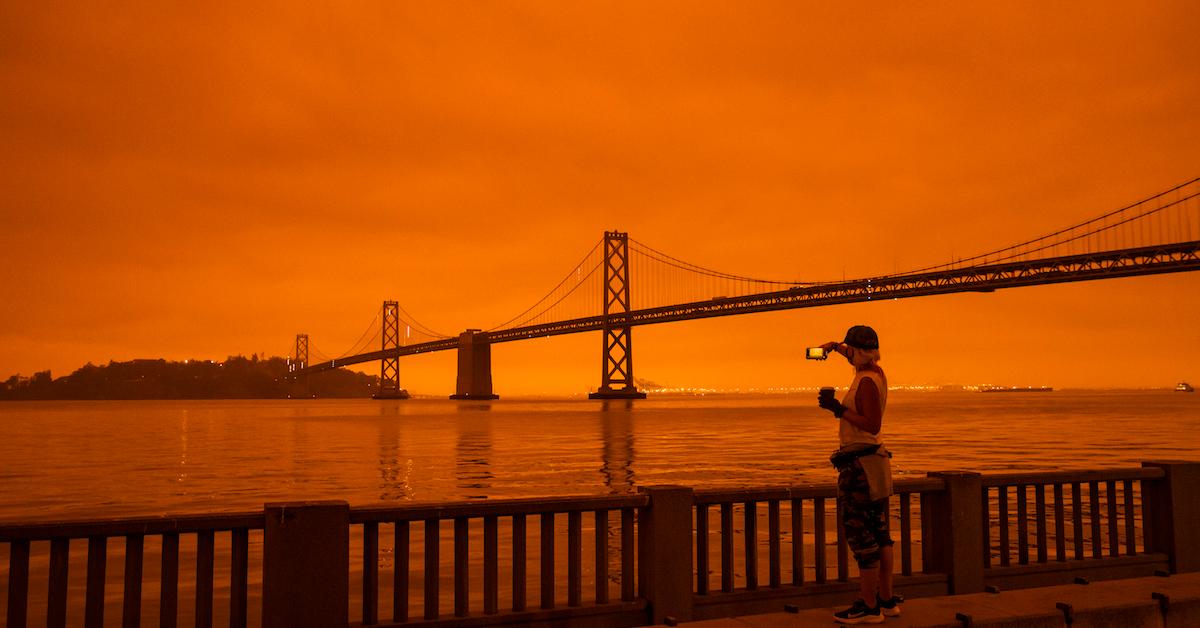
Most Wildfires Are Caused by These Human Activities
Wildfires are often caused by human foolishness, but what other natural phenomena can contribute to their severity?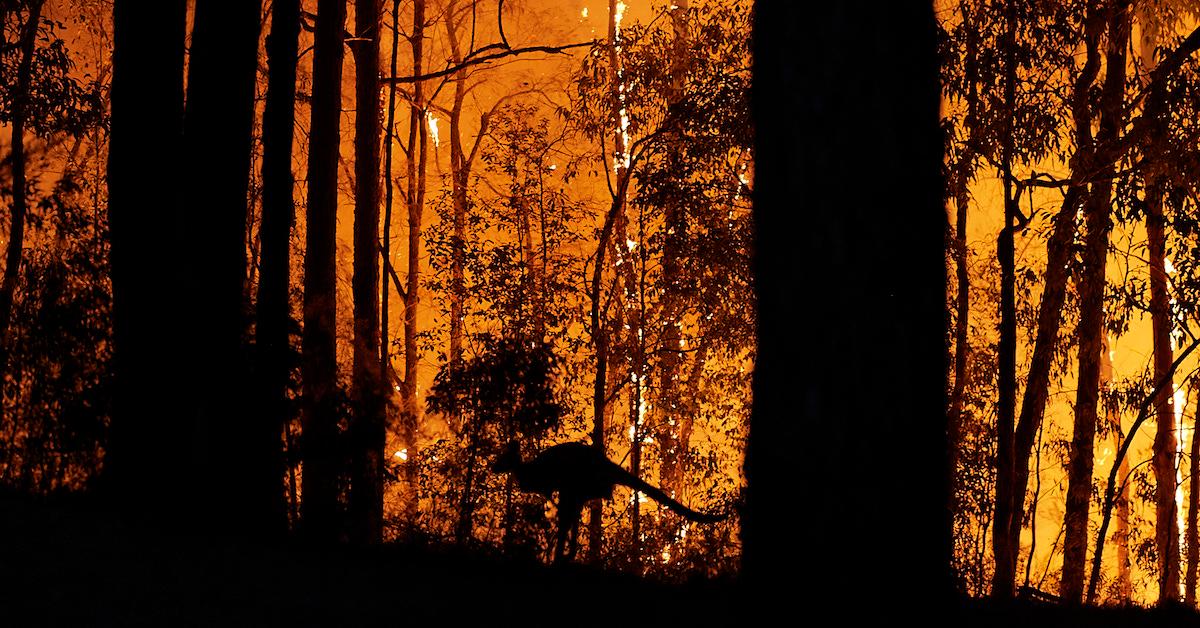
Are Wildfires Considered Natural Disasters, or Are They Chiefly Caused By Humans?
Wildfires have become a dangerously common occurrence these days, but are these deadly tempests of flame natural disasters, or exclusively man-made?
Facts, Causes, and Worrying Trends Related to Wildfires
Wildfires have been growing in severity for the past few years, and since wildfire season is coming up, here are important facts used by experts.
Did Climate Change Cause Dinosaurs to Go Extinct?
Is it possible that some ancient form of climate change caused the extinction of the dinosaurs?
Rainforest Destruction Surged in 2020, at 12 Percent Increase From 2019
Rainforest destruction increased by 12 percent from 2019 to 2020, with a total of 12.2 million hectares of tree cover being wiped out in 2020.
What Started the Nepal Fires? Here's What's Happening in the South Asian Country
What started Nepal's fires? The South Asian country is currently in flames — and covered in smog and smoke — after a particularly tough dry season.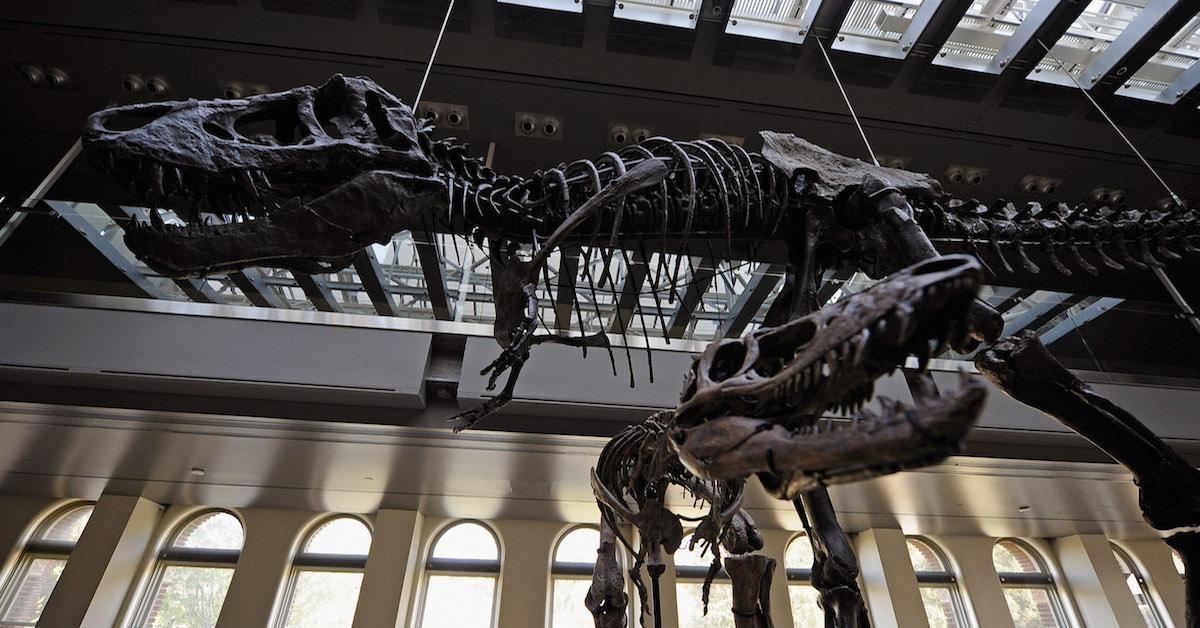
How Global Warming May Eventually Lead to Global Extinction
Global warming has already affected the environment in a myriad of ways, but will it eventually cause global extinction? Here's what research says.
What Is the Most Dangerous Type of Air Pollution? Experts Say It Could Be Wildfire Smoke
What is the most toxic type of air pollution? According to a recent study, wildfire smoke may be more dangerous than other forms of air pollution.
Australia Is Experiencing an Influx of Wildfires, Once Again
Is Australia experiencing wildfires in 2021? After a tumultuous 2020, western Australian communities are suffering from devastating fires, once again.
Humans Could Completely Destroy the Amazon Rainforest by 2064
The Amazon rainforest could dry up past the point of no return by 2064, and essentially collapse, according to a new study.
What Is Ecological Succession and How Does It Shape the Environment?
Understanding ecological succession is not nearly as difficult as it sounds, especially if you understand the basic principles of evolution.